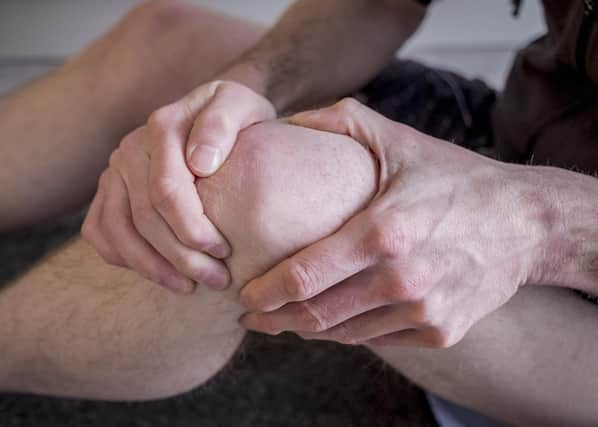FEELING GREAT: When exercise can be bad for your knees


It’s helpful to be doing routines that specifically strengthen your muscles - and add something called “control”.
And before I tell you more about what exercises to do, let me give you a little word of warning about “doing some exercise”:
Advertisement
Hide AdAdvertisement
Hide AdI hear a lot of people talking about their painful knees in conversations with friends. Because everyone thinks they have the answers to issues like this, people are unfortunately giving each other often bad advice, which is usually more confusing than it needs to be.
Because there’s a lot of confusion around it, I want you to know about this medical fact: there’s a big difference between exercising and doing exercises (note: I define exercising as doing something like walking for 20 minutes per day, and exercises being a steady and
controlled sequence of movements designed to strengthen or make flexible a specific muscle group).
One of the big mistakes I see GPs make is telling people looking for a solution to knee pain to just ‘go and do some exercise’, as if more exercise will make the pain go away. But more exercise is rarely the right answer. Not when it is already painful, anyway.
Advertisement
Hide AdAdvertisement
Hide AdYou see, the BIG mistake currently is to think that when knee pain gets bad, doing exercise – such as running and even more walking - will help make your knee stronger and therefore less painful. It won’t.
In fact, exercise will often make a swollen, painful knee, even worse. The only thing you should ever consider doing is to stop exercising completely for a short period and instead, strengthen the muscles that are designed to protect and support the knee by doing specific exercises prescribed by a specialist physio.
In case you are wondering, the muscles you should be strengthening include your thigh, hamstring and lower back muscles and it pays to have your feet looked at - just to make sure they’re in the right position before you exercise.
You could even do a few simple exercises on the bottom of the stairs in your own home, or on a step. For more tips like this on ways to ease knee pain – you can get a free copy of my knee pain guide here: www.paulgoughphysio.com/knee-pain.